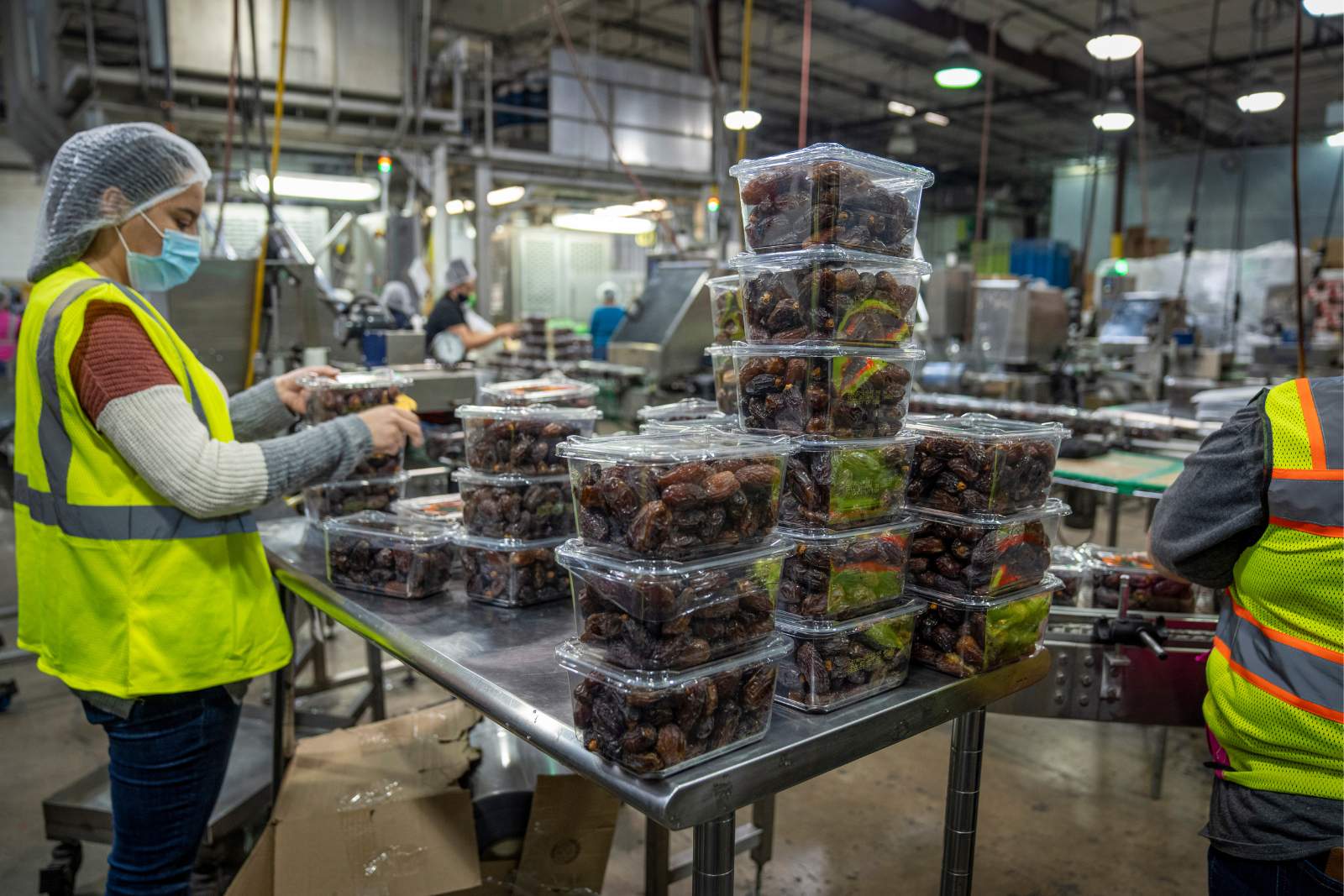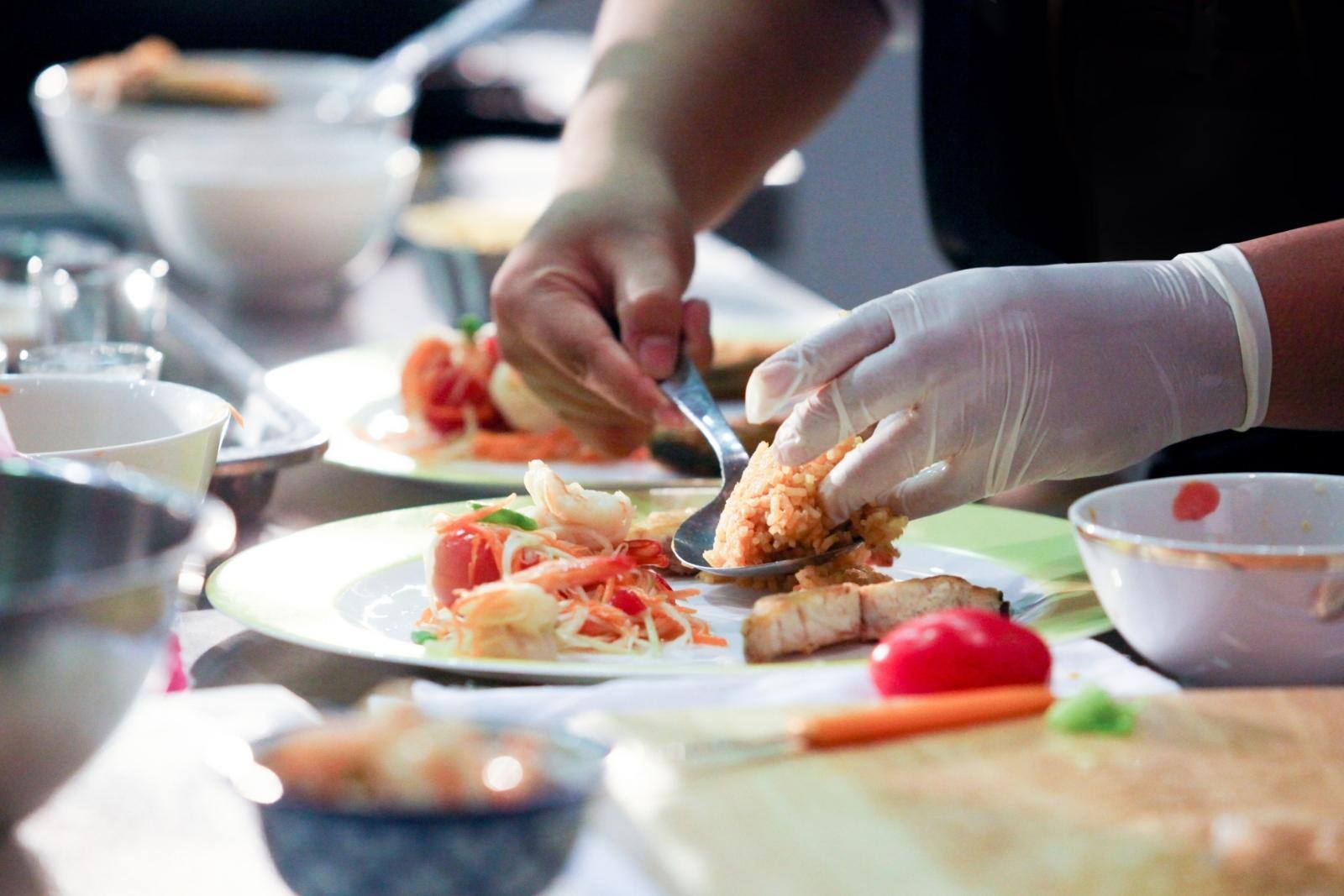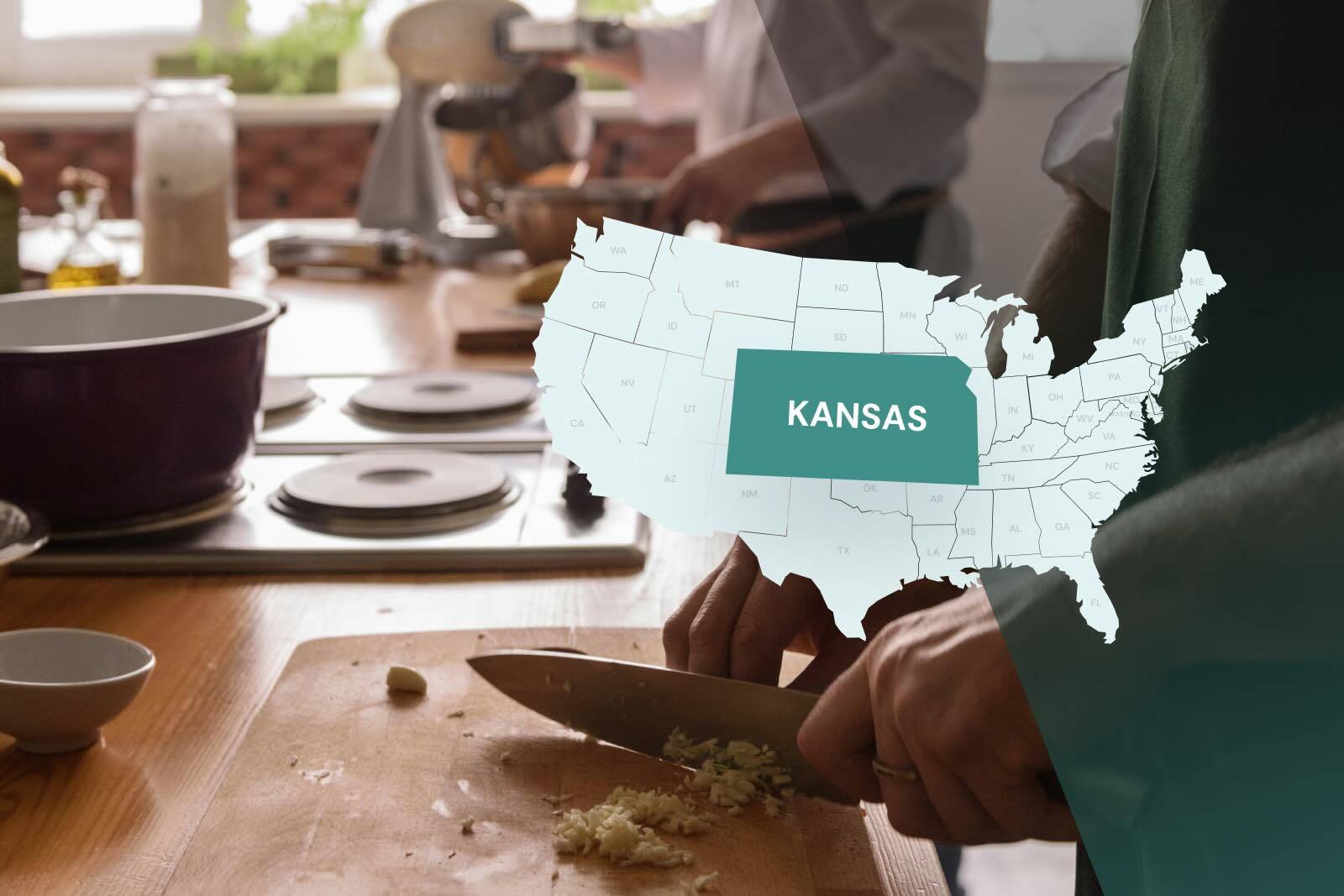In a busy world (not to mention a busy kitchen!), ready-to-eat and prepackaged foods are often very convenient for your customers. Since ready-to-eat (RTE) foods do not need to be cooked or reheated before serving and most prepackaged foods require limited preparation, certain aspects of safe food handling practices may not apply when you are getting ready to sell them to your customers.
However, that does not mean all your food safety best practices go out the window! In this article, we’ll examine RTE and prepackaged foods from every angle so you know exactly which food safety rules apply to them.
Read on to learn more about:
What does the FDA Food Code say about ready-to-eat foods?
What procedures do manufacturers need to follow when packaging foods?
How do I safely receive packaged foods?
How do I safely store ready-to-eat foods?
What should I do to safely prepare prepackaged foods for sale?
What does the FDA Food Code say about ready-to-eat foods?
Food safety regulations and preventing foodborne illness outbreaks have come a long way since Upton Sinclair’s “The Jungle” and the Pure Food and Drug Act of 190–including the creation of, and regular updates to, the U.S. Food and Drug Administration's (FDA) Food Code.
Every two years, the FDA consults with federal, state, and local regulators, as well as industry experts, to update the Food Code and keep it in line with current scientific research. The most recent edition, the 2022 Food Code, included specific changes to the guidelines around prepackaged and RTE foods.
Initial temperature
The most recent update to the code includes guidance for the “initial temperature” of certain foods–or the temperature of these foods when they first arrive at your establishment.
Some RTE foods, like melons and figs, may have an initial temperature of 70°F, even if, upon cutting them open, they become a TCS food. You read that right! Until these foods are cut open, they are not considered TCS food. However, once cut open, they become TCS foods, and it is only safe to leave them at their initial temperature for up to four hours. Once those four hours have passed, you must get them out of the temperature danger zone as soon as possible.
Hermetically sealed foods
There is also a new specification for hermetically sealed foods like shelf-stable milk pouches, canned beans, and vegetable broths. Under the new guidance, hermetically sealed foods are not considered TCS foods and may have an initial temperature of 70°F.
Once you open these prepackaged foods, their temperature cannot exceed 70°F. Depending on the specific food, you also have a four-hour window where these foods can sit at 70°F before they risk contamination from time-temperature abuse.
Always ensure you label RTE and prepackaged foods with the date and time they were opened to help prevent them from becoming unsafe to eat.
These updates are highly specific, and that is a good thing! The more specific the FDA Food Code gets, the better outcomes the foodservice industry will have in preventing foodborne illness outbreaks.
What procedures do manufacturers need to follow when packaging foods?
If prepackaged food is ready to eat and does not require you or your team to cook it before serving, someone else has handled or cooked it before arriving at your establishment. How can you trust that the food was handled and prepared properly? Let’s explore the food safety standards that manufacturers must follow.
The Food Safety Modernization Act (FSMA), a law aimed at shifting the focus from responding to foodborne illness to preventing it, includes regulations for manufacturers at every step of the process.1 The law includes guidelines around laboratory accreditation, foreign supplier verification programs, and even sanitary transportation rules.2
Generally, manufacturers of RTE and prepackaged foods are responsible for eliminating contaminants during the packaging process, proper package sealing, accurate date coding, weight and label accuracy, and documenting their safety and quality assurance processes.
How do I safely receive packaged foods?
While most packaged and RTE foods are not TCS foods, you should still inspect foods before accepting a delivery for your establishment. Watch for time-temperature abuse, product tampering, or pest activity.
Do not accept the food delivery if there are any signs of contamination. Some basic inspection best practices include:
-
Is all the packaging intact, and are the original seals completely closed?
-
Were foods stored in corrugated cardboard boxes or styrofoam?
-
Are there signs of holes, nests, or pest droppings on the packaging or delivery vehicle?
-
Are the labels intact on prepared foods like bread, cereals, frozen foods, snacks, desserts, and drinks?3
-
Use a food thermometer to check the temperature of any TCS foods to ensure refrigerated foods are below 41°F and frozen foods are below 0°F upon arrival.
Some establishments also perform a weight check before accepting a delivery. If you want to weight-check your order, you would weigh the delivery items and then compare your findings to what the manufacturer marked before it was shipped. The weight should be the same. If not, this could be a sign that the food has been altered or tampered with and, therefore, is no longer safe.4
How do I safely store ready-to-eat foods?
Any prepackaged or RTE foods that are also TCS foods, like some fruit and meats, must be stored in the fridge or freezer at the proper temperature within two hours of delivery. However, if these foods were held at a temperature at or above 90°F, they must be chilled within one hour of delivery.
Any foods that are not TCS foods and are considered non-perishable must be stored in a cool, dry place six inches from the floor, 18 inches from the walls, and one foot from the ceiling.
If you remove foods from their original packaging, ensure you have properly labeled them before putting them in the cooler or freezer. Consider using “First In, First Out,” or FIFO, to help organize your ingredients according to their dates.
What should I do to safely prepare prepackaged foods for sale?
Certain establishments may have a pre-packaged food section–the baked goods at the coffee shop, the granola bars customers buy by the dozen, the pints of caramel ice cream for those who won’t settle for one scoop. You must follow guidelines and rules for packaging TCS foods if you operate such an establishment.
Always use separate equipment and utensils to prepare your soon-to-be-packaged foods. If you use a vacuum sealer, mincer, or slicer in your establishment, consider having designated items for packaged food prep to avoid the risk of cross-contamination from raw meats or other TCS foods. Always clean your equipment after each use to ensure no potential contaminants remain.
Labeling is one of the most critical aspects of preparing prepackaged or RTE foods. You must ensure the label is prominently displayed for easy reference. It must list that the food should be held at 41°F or below, and, last but not least, it should include instructions to discard the food after 30 days (if not sooner!).
If you use a reduced oxygen packaging method, the FDA requires you to have a Hazard Analysis and Critical Points, or HACCP, plan in place to mitigate the food safety risks associated with a low oxygen environment.
According to the 2022 Food Code, your HACCP plan must:
-
Identify the food to be packaged
-
Require the food be kept at or below 41°F
-
Include specific labeling instructions
-
Acknowledge the food must be discarded after 30 calendar days
-
Describe operational procedures covering food safety best practices, including:
-
Do not touch the ready-to-eat foods with bare hands
-
Maintain separate prep areas in the kitchen to avoid cross-contamination
-
Maintain proper cleaning and sanitizing procedures for food contact surfaces
-
Ensure that someone in your establishment is properly trained to carry out reduced oxygen packaging operations.5
-
Even if you are not using a reduced oxygen packaging method, you may want to write a HACCP plan for your packaging process to be proactive about food safety in your establishment.
The Takeaway
While you do not need to cook prepackaged and/or ready-to-eat foods before you serve or sell them to your customers, it is still important to follow food safety best practices to prevent your customers from contracting a potential foodborne illness. Paying attention to your time and temperature controls, labeling procedures, and receiving and storage process will go a long way in protecting you and your customers!
Sources:





